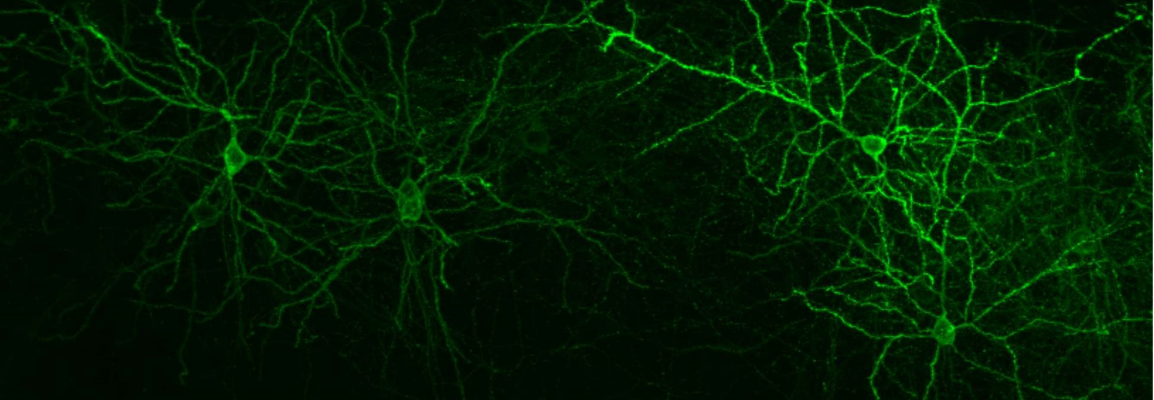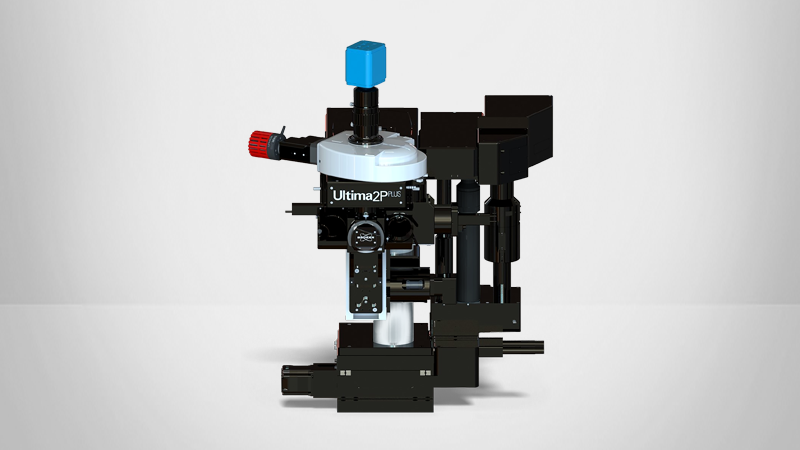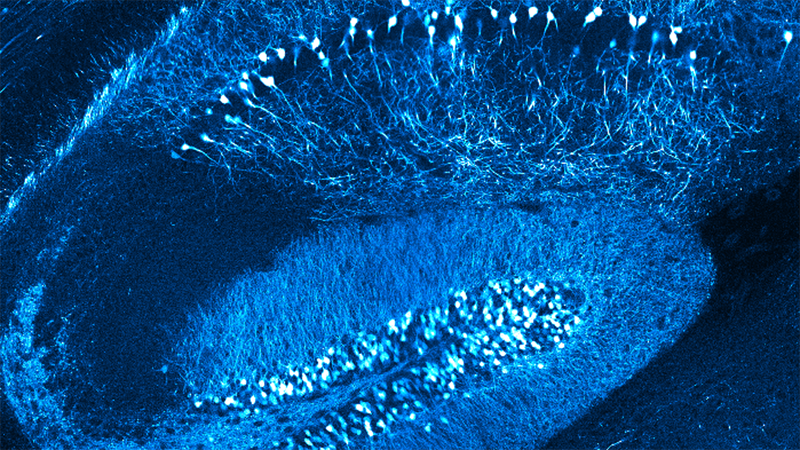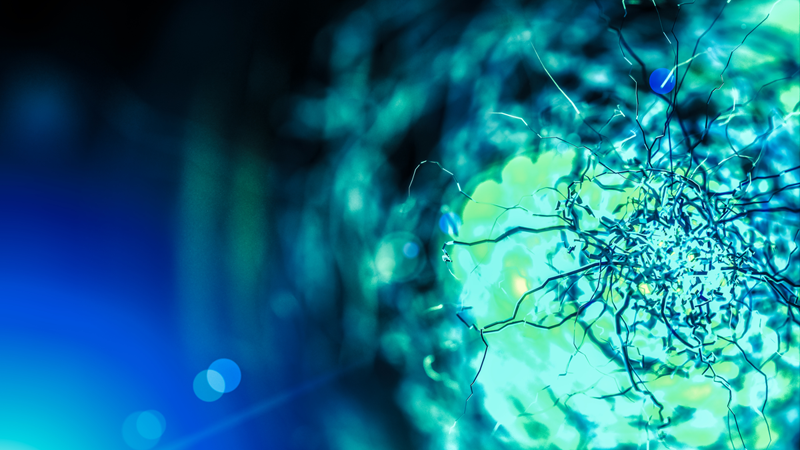

Optical Methods for the Functional Investigation of Neural Networks in the Mouse Whisker System
Learn about optical methods for exploring neuronal networks.
Attendees will gain first-hand insights into various optical methods that can be used to explore brain circuits and their influence on behavior such as:
- All-optical two-photon imaging;
- Bidirectional two-photon perturbation; and
- Micro-fabricated optics
Presenter's Abstract
Information about sensory stimuli is encoded within brain circuits in the form of complex spatial and temporal activity patterns which are distributed across neurons. Understanding how these patterns influence behavior requires methods to measure and perturb the activity of the multiple neuronal cell types engaged in sensory processing with high spatial resolution.
In this webinar, I will focus on our contribution to this growing field of research focusing on three main issues:
- Achieving efficient high-resolution bidirectional manipulation of cell activity;
- Minimizing crosstalk between imaging of the fluorescent sensors and opsin activation; and
- Applying this technology to deep brain regions using endoscopic probes.
Approaches to improve the optical properties of ultrathin endoscopes using 3D printed micro-lenses will also be discussed. Optical developments and their applications will be presented to dissect the functional properties of thalamocortical circuits in the mouse whisker system.
Featured Products and Technology
Speaker
Tommaso Fellin, Senior Investigator, Optical Approaches to Brain Function Laboratory, Italian Institute of Technology (IIT), Genova, Italy
Tommaso Fellin graduated in Physics at the University of Padova in 1998 while studying enzyme kinetics with time-resolved spectroscopy. As a Ph.D. student in the Department of Biomedical Sciences at the University of Padova, he investigated the biophysical properties of voltage-gated calcium channels and the functional consequences of mutations in calcium channels linked to human neurological disorders (supervisor, D. Pietrobon). During his first postdoctoral training period, he integrated electrophysiological and imaging techniques to study neuron-glia communication (supervisors, G. Carmignoto and T. Pozzan). He then moved to the Department of Neuroscience at the University of Pennsylvania School of Medicine as a senior postdoctoral researcher and continued his research on neuron-glia interaction (supervisor, P. Haydon). In 2008, he joined the Department of Neuroscience and Brain Technologies at the Italian Institute of Technology (IIT) as a junior investigator.
He is currently the senior investigator at the IIT, head of the Optical Approaches to Brain Function Laboratory, and co-head of the Neural Coding Laboratory. He is the recipient of the European Research Council (ERC) consolidator grant NEURO-PATTERNS and co-founder of the start-up SmartMicroOptics. Since 2019, he serves as Coordinator of the Neuroscience Area at the IIT. His research activity focuses on the study of the brain microcircuits involved in the processing of sensory information and on the development of innovative optical methods to probe their function.


